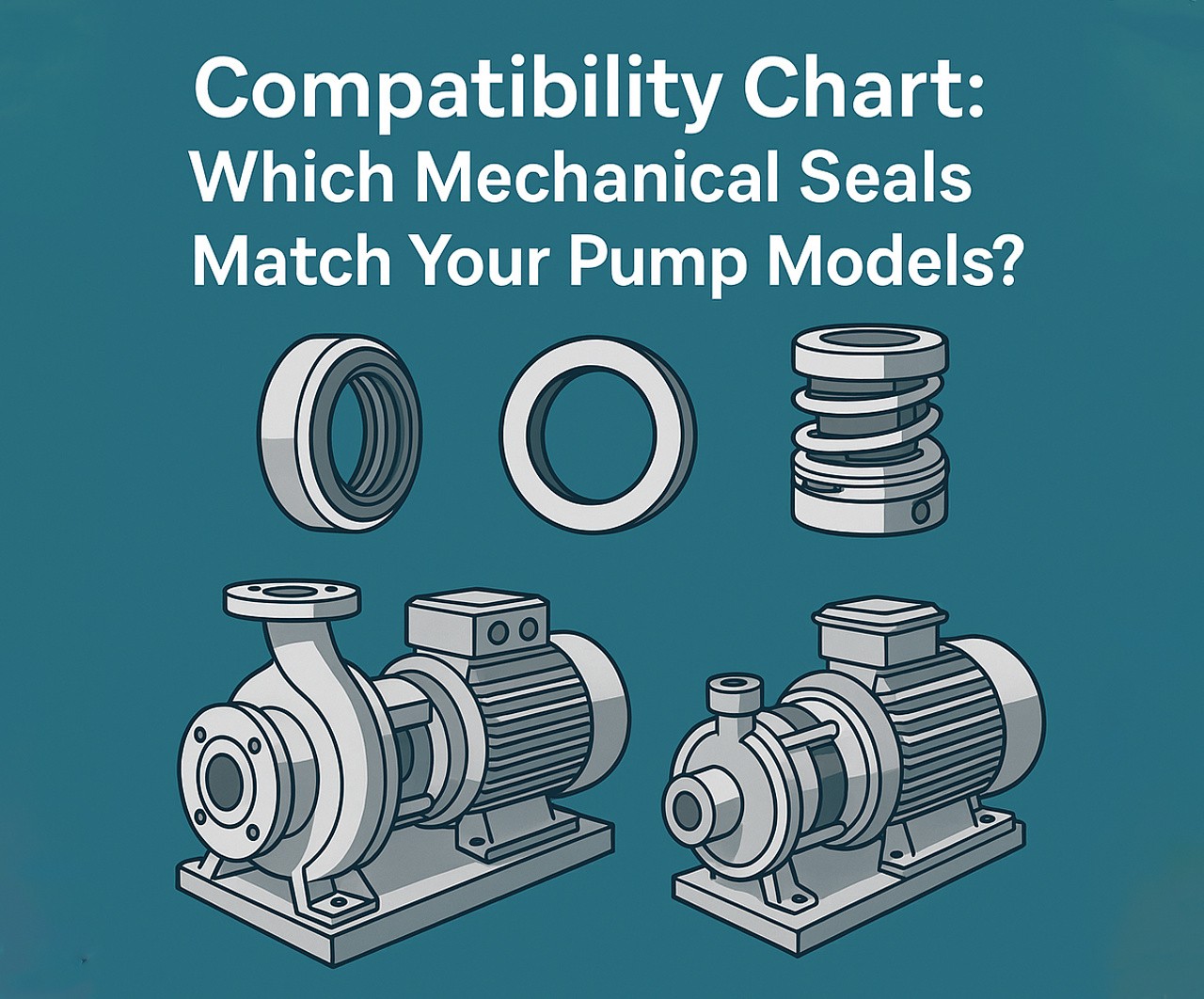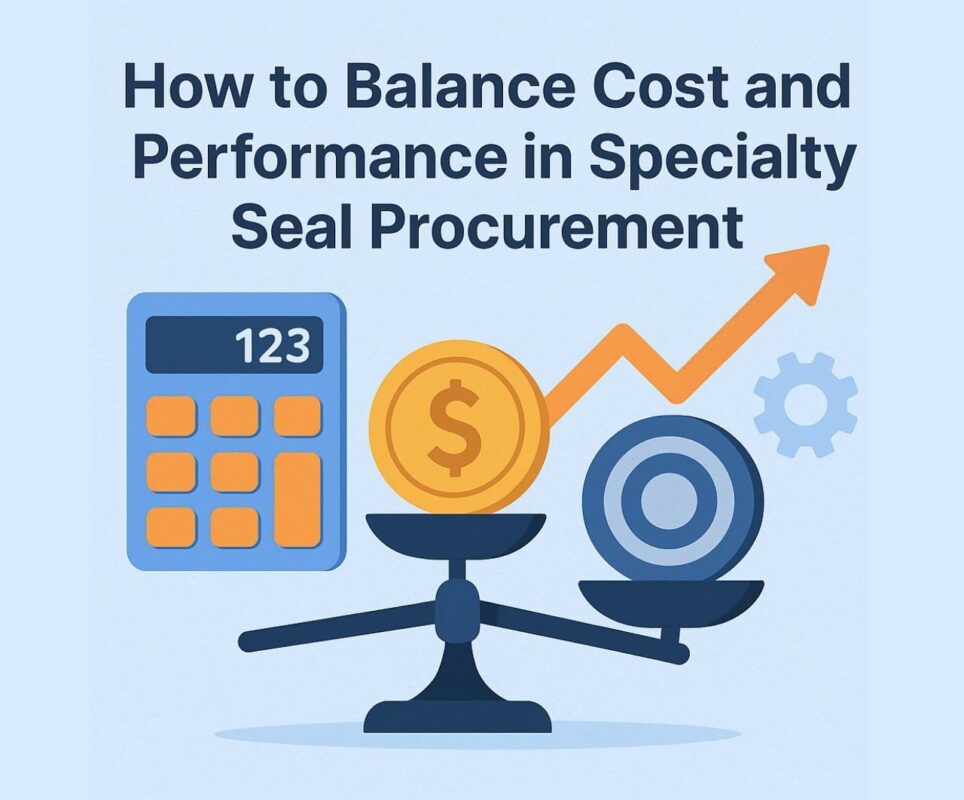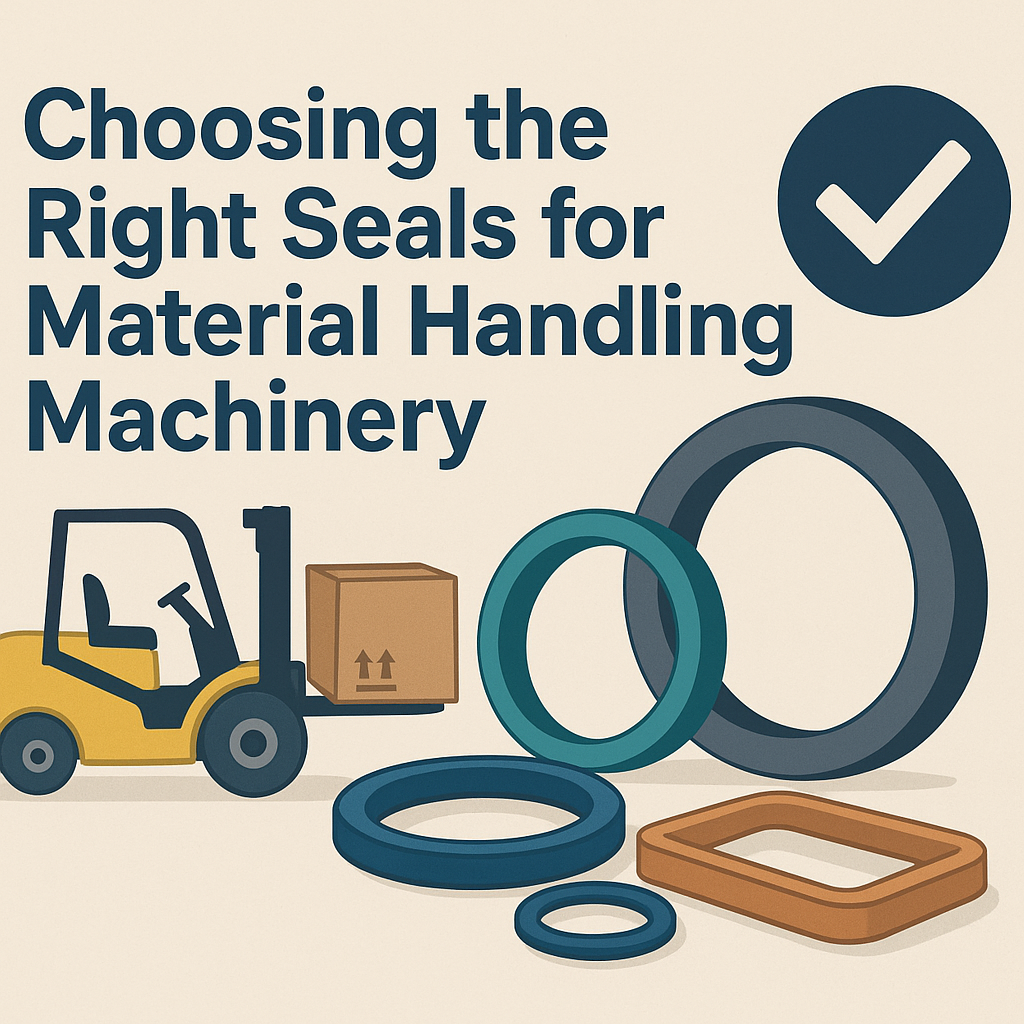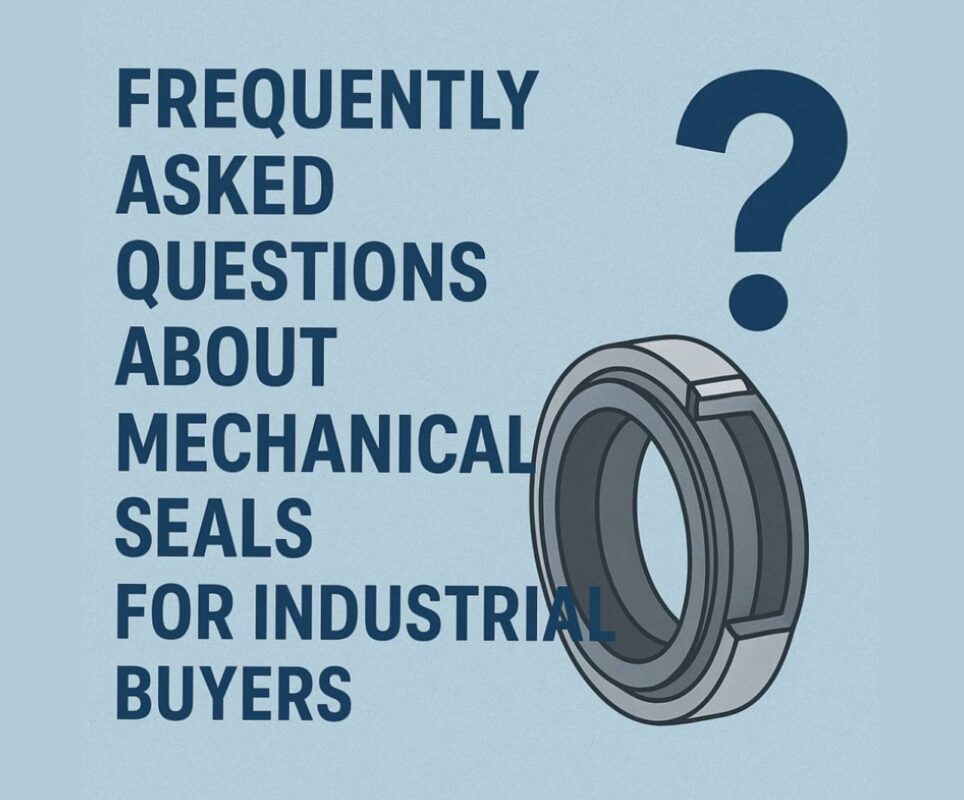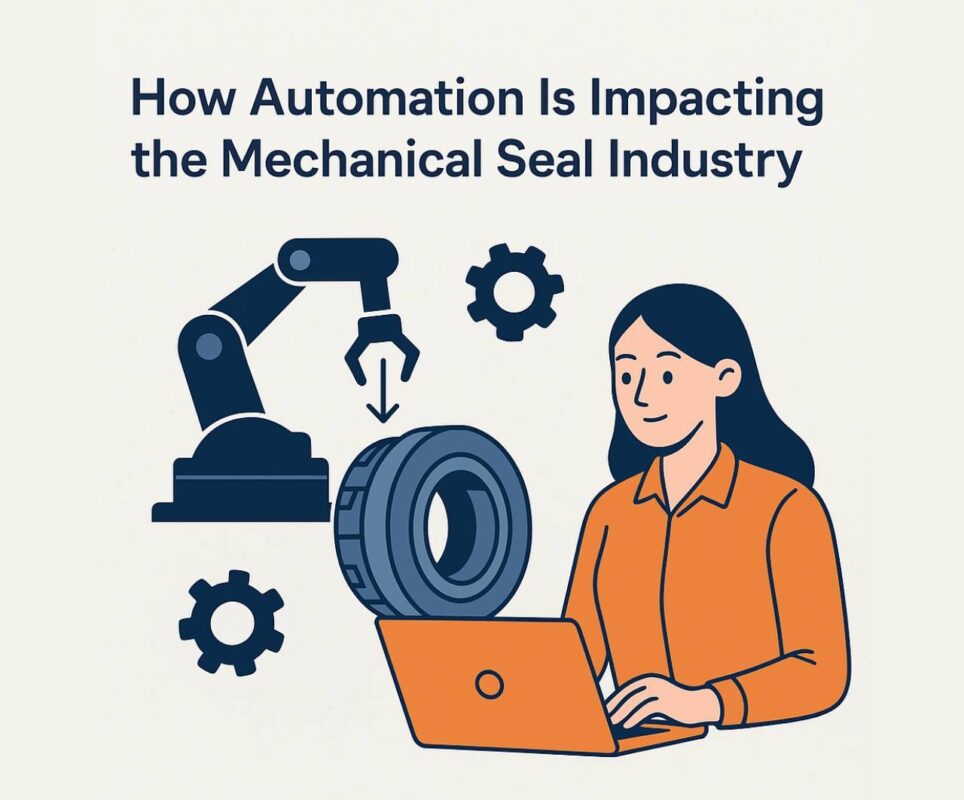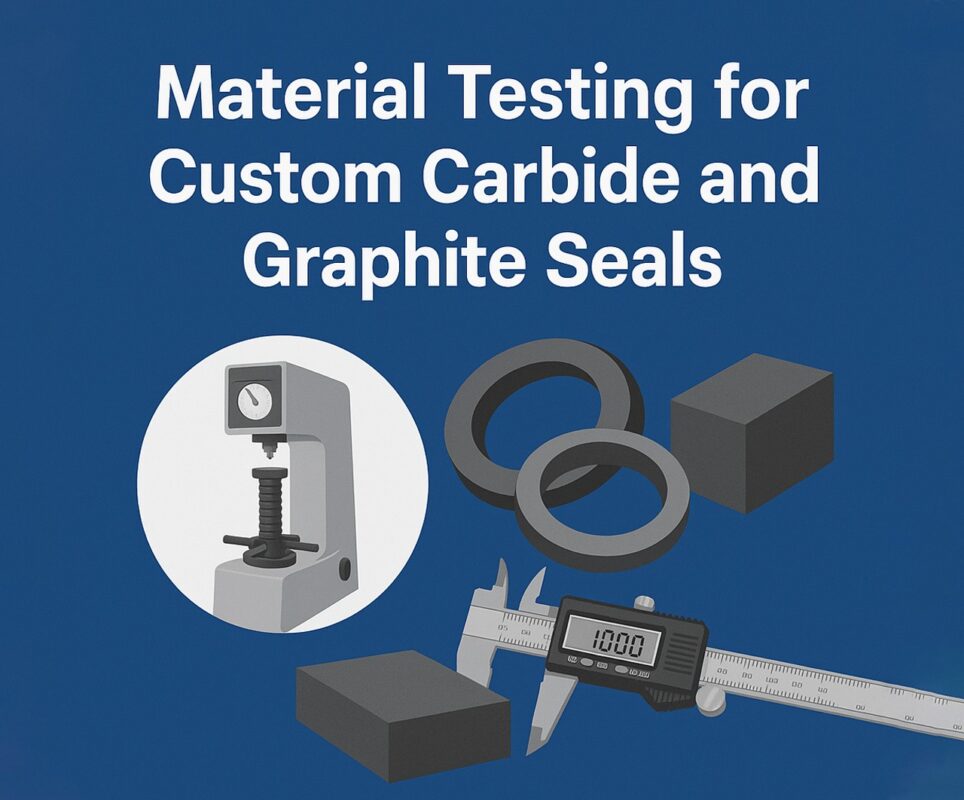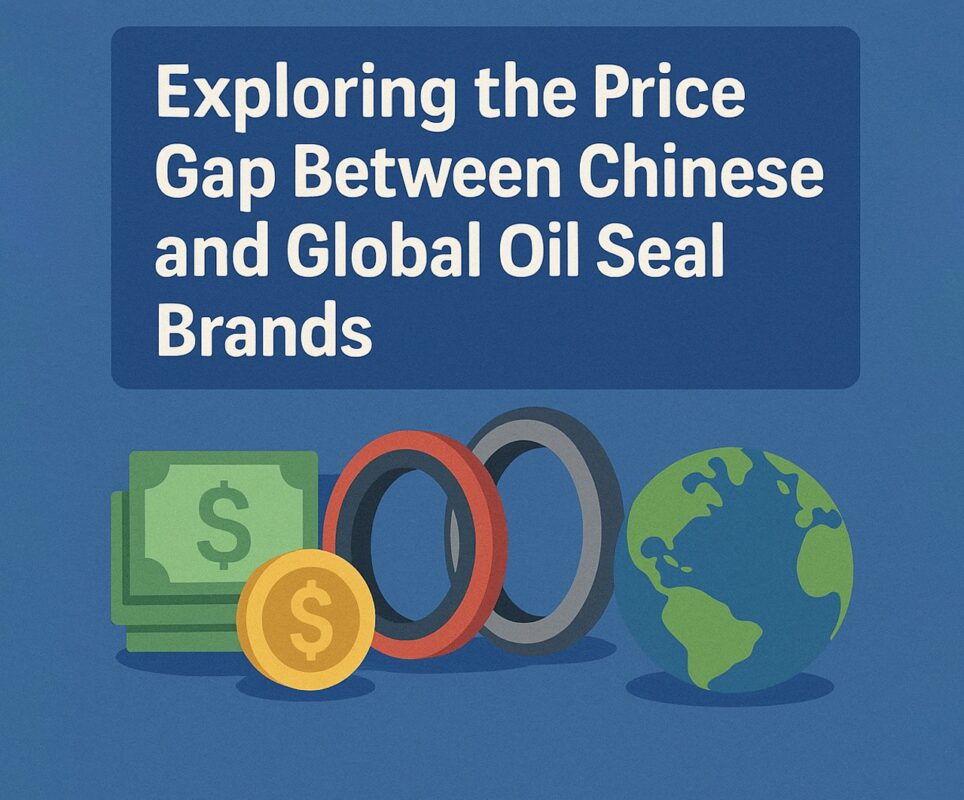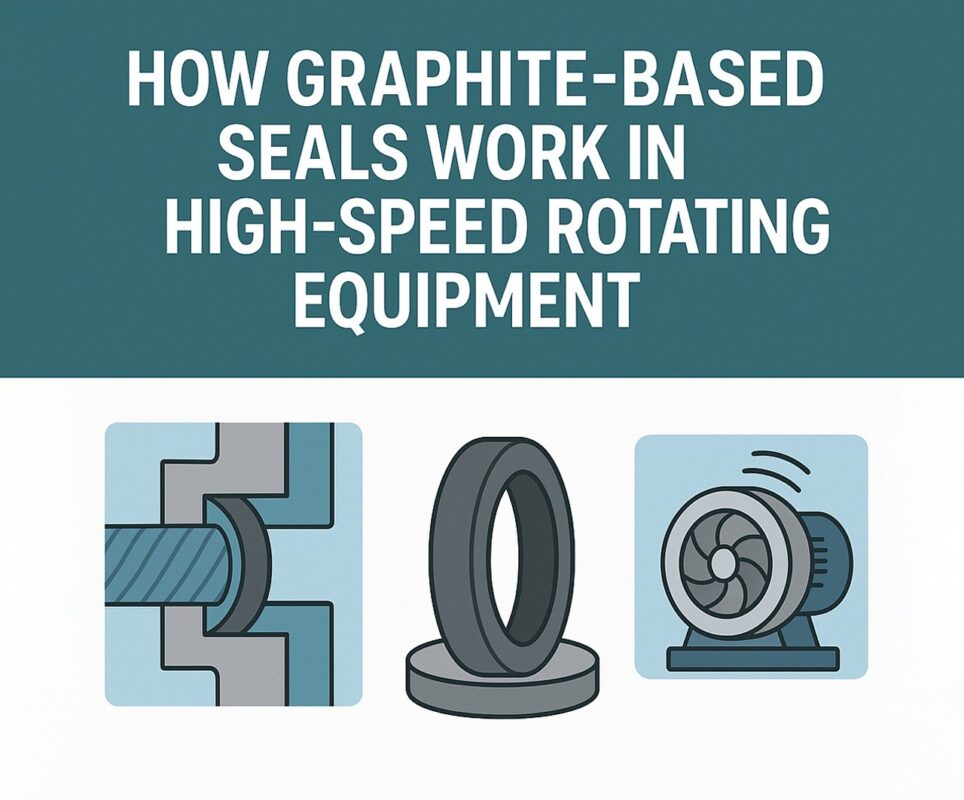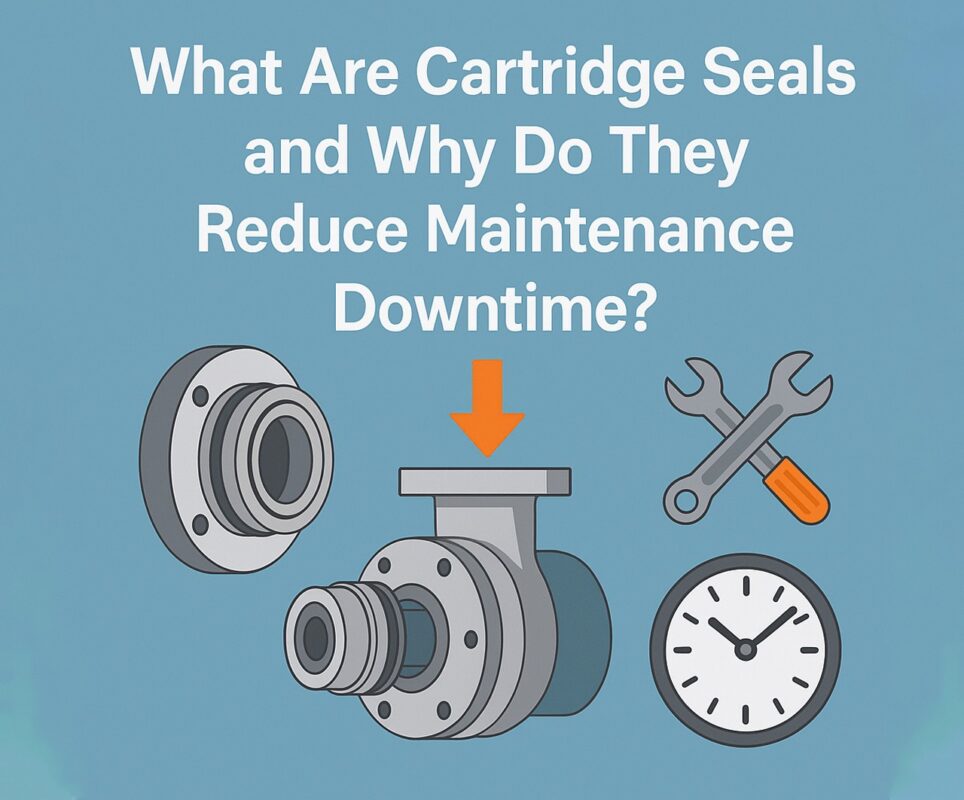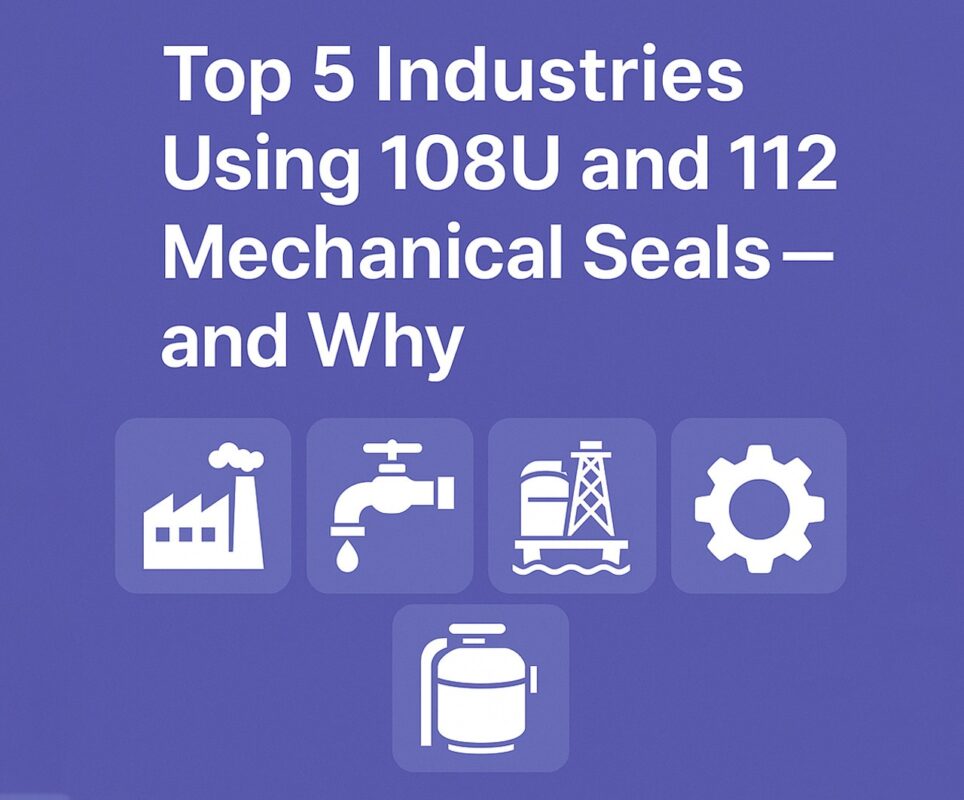Choosing the correct seal for your pump is essential for performance, reliability, and longevity—especially when dealing with industry-specific standards. Whether you’re maintaining a dairy processing system, retrofitting a food-grade centrifugal pump, or upgrading your facility’s general-purpose pump models, finding the right match between pump and seal can make or break your operations. This is especially true when dealing with common names in the market like the 10k27 mechanical seal, an APV pump mechanical seal, or any standard basic mechanical seal configuration. Selecting the wrong one can cause frequent failures, costly downtime, and even health code violations.
This article serves as a practical guide to mechanical seal compatibility by breaking down which seal designs align with which pump models—and why. You’ll also get insights on material options, installation tips, and an easy-to-read compatibility chart. Know more..
Why Compatibility Is Critical
Not all mechanical seals are created equal. A basic mechanical seal might fit the size specs but not the pressure or temperature conditions of your specific application. On the other hand, the 10k27 mechanical seal is engineered for certain hygienic pumps, and the APV pump mechanical seal is tailored to meet the food and beverage industry’s strict sanitation standards.
Correct compatibility ensures:
- Leak prevention
- Extended seal life
- Reduced maintenance cycles
- Regulatory compliance (especially in pharma, dairy, and food sectors)
Understanding Seal Nomenclature
Before jumping into the chart, let’s define the three high-traffic mechanical seal types commonly searched and used in industry:
- 10k27 mechanical seal: A hygienic-grade seal primarily used in Waukesha, Fristam, and APV-type centrifugal pumps. Typically features a stainless steel spring, carbon/ceramic faces, and FDA-approved elastomers.
- APV pump mechanical seal: Designed for APV brand centrifugal and positive displacement pumps. Available in both single and double cartridge options.
- Basic mechanical seal: Refers to the standard unbalanced single-spring seal (like Type 1 or Type 21). Found in general-purpose water pumps, HVAC systems, and process lines.
Pump Model vs. Seal Compatibility Chart
| Pump Brand & Model | Compatible Seal Type | Notes |
| Waukesha 200 Series | 10k27 mechanical seal | Food-grade; match with EPDM or Viton elastomers |
| APV W+ Series | APV pump mechanical seal | Use double-seal option for CIP/SIP applications |
| Fristam FPX | 10k27 mechanical seal | For dairy and low-viscosity food processing |
| Goulds 3196 | Basic mechanical seal | Type 1 or Type 2, depending on speed/load |
| Grundfos CR Series | Basic mechanical seal | Metric sizes; check material compatibility |
| Alfa Laval LKH | 10k27 mechanical seal | Designed for aseptic processes |
| Weinman 500 Series | Basic mechanical seal | Common for HVAC and irrigation systems |
| APV Gaulin Homogenizer | APV pump mechanical seal | Special lapped face required for high-pressure applications |
Selecting by Industry Use Case
1. Food & Beverage
Use: APV W+, Fristam FPX, Waukesha U2 Seal: 10k27 mechanical seal or APV pump mechanical seal
Look for:
- FDA-certified elastomers (EPDM, Silicone)
- Easily cleanable designs
- Resistance to CIP chemicals
2. Pharmaceutical
Use: Alfa Laval LKH, APV R Series Seal: 10k27 mechanical seal
Consider:
- USP Class VI compliance
- Autoclavable designs
- PTFE wedges and metal-free options
3. HVAC and General Utilities
Use: Weinman, Bell & Gossett, Taco Pumps Seal: Basic mechanical seal
Features:
- Nitrile or Buna elastomers
- Carbon vs. ceramic faces
- Unbalanced spring assemblies
4. Chemical Processing
Use: Goulds, Flowserve, Durco Seal: Basic mechanical seal or cartridge variant
Upgrades:
- FKM or Kalrez elastomers
- Silicon carbide faces
- Balanced or double seals
Key Features to Match
When choosing between a basic mechanical seal, a 10k27 mechanical seal, or an APV pump mechanical seal, consider the following:
- Shaft size and tolerance
- Seal face material (Carbon/Ceramic/SiC)
- Spring design (single vs. multi)
- Operating pressure & temperature
- Clean-in-place (CIP) or sterilize-in-place (SIP) compatibility
Tips for Successful Seal Replacement
- Don’t Assume a Basic Mechanical Seal Fits Everything: Even with standard dimensions, the material and spring design can impact longevity.
- Check Your Pump Serial Number: Some models have mid-series design changes that alter seal size.
- Match Elastomers to Media: Always select elastomer materials based on what the pump handles—water, chemicals, dairy, oil, etc.
- Use Professional Support: A reputable distributor or basic mechanical seal supplier will help confirm fitment using pump model cross-references.
Material Comparison Chart
| Component | Options | Best For |
| Seal Faces | Carbon, Ceramic, SiC | Low wear, chemical resistance |
| Elastomers | EPDM, Viton, PTFE, NBR | Fluid compatibility |
| Springs | Stainless steel, Hastelloy | Corrosion resistance |
| Gland Options | Clamped, bolt-on, cartridge | Installation ease |
Frequently Asked Questions
Q: Can I use a 10k27 mechanical seal in a standard water pump?
A: You can, but it’s overkill. It’s designed for sanitary applications with higher spec materials.
Q: How do I know if I need a single or double seal?
A: Single is fine for clean, non-hazardous media. Use double seals for chemicals or high-pressure washdowns.
Q: What’s the difference between an APV pump mechanical seal and a basic mechanical seal?
A: The APV seal is tailored to APV-brand pumps and typically designed for food-safe or CIP use. Basic seals are general-purpose and used across many utility pumps.
Real-World Use Case: Dairy Plant Retrofit
A Midwest dairy facility upgraded its aging APV pumps with modern stainless versions. Their old seals, labeled generically as “Type 21,” frequently failed during CIP cycles. After switching to the 10k27 mechanical seal, leak incidents dropped by 90%, and the plant saved over $25,000 annually in lost product and labor.
Final Thoughts
Whether you’re rebuilding a centrifugal utility pump, outfitting a new hygienic processing line, or troubleshooting a leak-prone legacy system, selecting the right mechanical seal is about more than size. It’s about matching materials, compliance, and function.
Stick with trusted, application-specific models like the 10k27 mechanical seal or APV pump mechanical seal when quality and safety are non-negotiable. For utility and budget-focused installs, the basic mechanical seal remains a dependable workhorse—just be sure it’s built to the right spec.
Need help? Work with a certified supplier or engineering team that can match your pump model with a seal that delivers every time.
Seal smarter. Operate safer. Save more.

